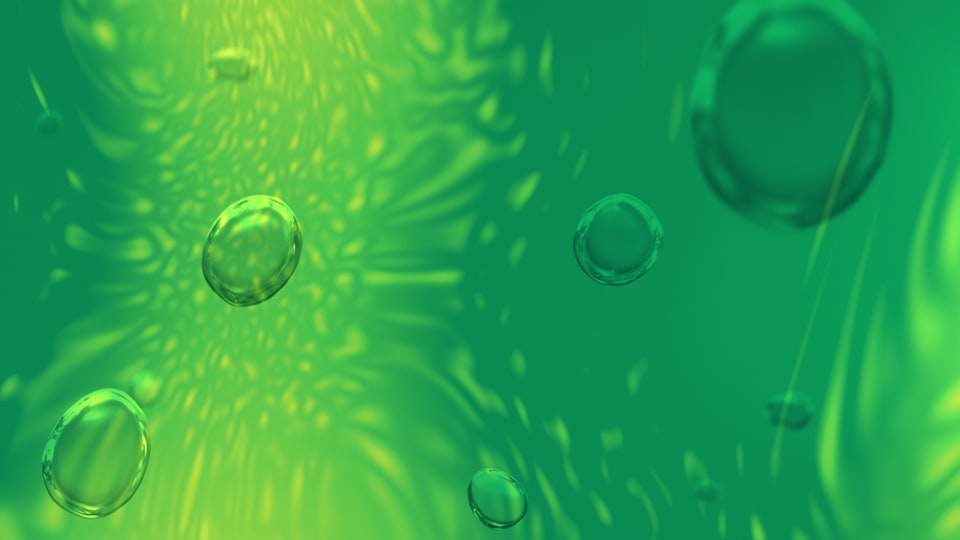There are hidden dangers of microplastics and other pollutants lurking in our environment but the solution to reducing pollution may not be simply switching materials.
Plastic pollution has rightly generated a lot of academic, public and industry concern. However, plastic pollution is a complex environmental issue.
Reducing our plastic footprint is not as simple as reducing the amount of plastic that we use. Many plastic alternatives have considerable environmental footprints, which are arguably just as great a threat.
In order to address the problem of plastic pollution we need to do more than just change the materials we use. We need to reflect on the way we consume.
We need to pay more attention to the social, economic, and political drivers of pollution, particularly the problems of overconsumption and our throwaway culture, and we must not overlook pollutants that cannot be seen.
Dr Tom Stanton
Dr Stanton researches the prevalence and distribution of pollution in different environments with a particular focus on rivers and lakes. His work focuses on anthropogenic litter, microplastic particles, and natural textile fibres such as cotton and wool.
He originally chose to study geography because of his love for the outdoors. He wanted to understand how the places he enjoys spending time were formed and function, and how society is influencing them. His work now focusses on how society is putting these environments at risk, but also how we can protect them.
Dr Stanton's research journey started by investigating microplastic pollution in river systems, but in 2019 he published a piece of work highlighting the prevalence of natural textile fibres, like cotton and wool, alongside the microplastic particles he was studying. Since this publication he has been working to understand the occurrence and impacts all material pollutants, not just plastic. This has included working with large citizen science datasets, as well as with communities to explore the social and environmental impacts of material pollutants across some of the UK’s littered coastlines.
The ultimate goal for Dr Stanton is to connect people to their impacts on environments that they are geographically isolated from.
Research in numbers
8 million pieces of plastic pollution make their way into the ocean every day. (OSPAR, 2009)
5.25 trillion macro and microplastics may now be floating in the open ocean, weighing up to 269,000 tonnes. (Eriksen, 2014)
Whilst plastic may take up to 500 years to biodegrade, alternative materials such as glass and aluminium can take up to 4,000 years.
Funders and Partnerships
Dr Stanton has worked with partners and research funders including the below.
AXA Research Fund
Unnatural ‘Naturals’: Sources, Pathways, and Impacts of Textile’s Plastic Alternatives, a two-year fellowship exploring the sources, pathways, and impacts of natural textile fibres.
Natural Environment Research Council
Siubhal a’ chladaich – ‘travelling the shore’: Engaging communities in marine litter research on remote coastlines, an extension of 50 Years of Litter on Skye, extending the team’s work across Scotland’s west coast.
UK Research and Innovation (UKRI)
IMPACT+, a multi-disciplinary UKRI Network Plus grant that challenges the way environmental impact is measured and assessed across the fashion and textile industries.


